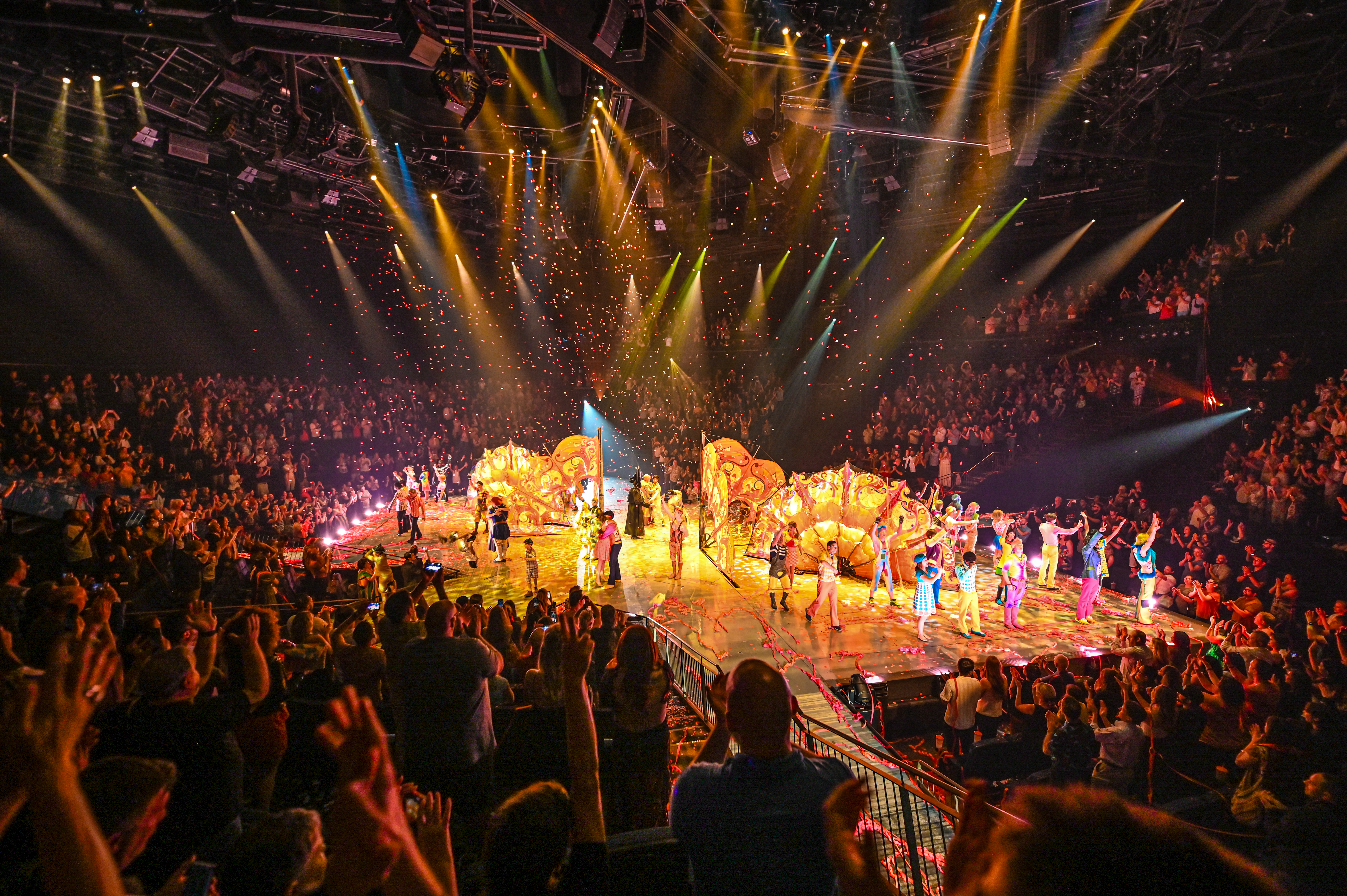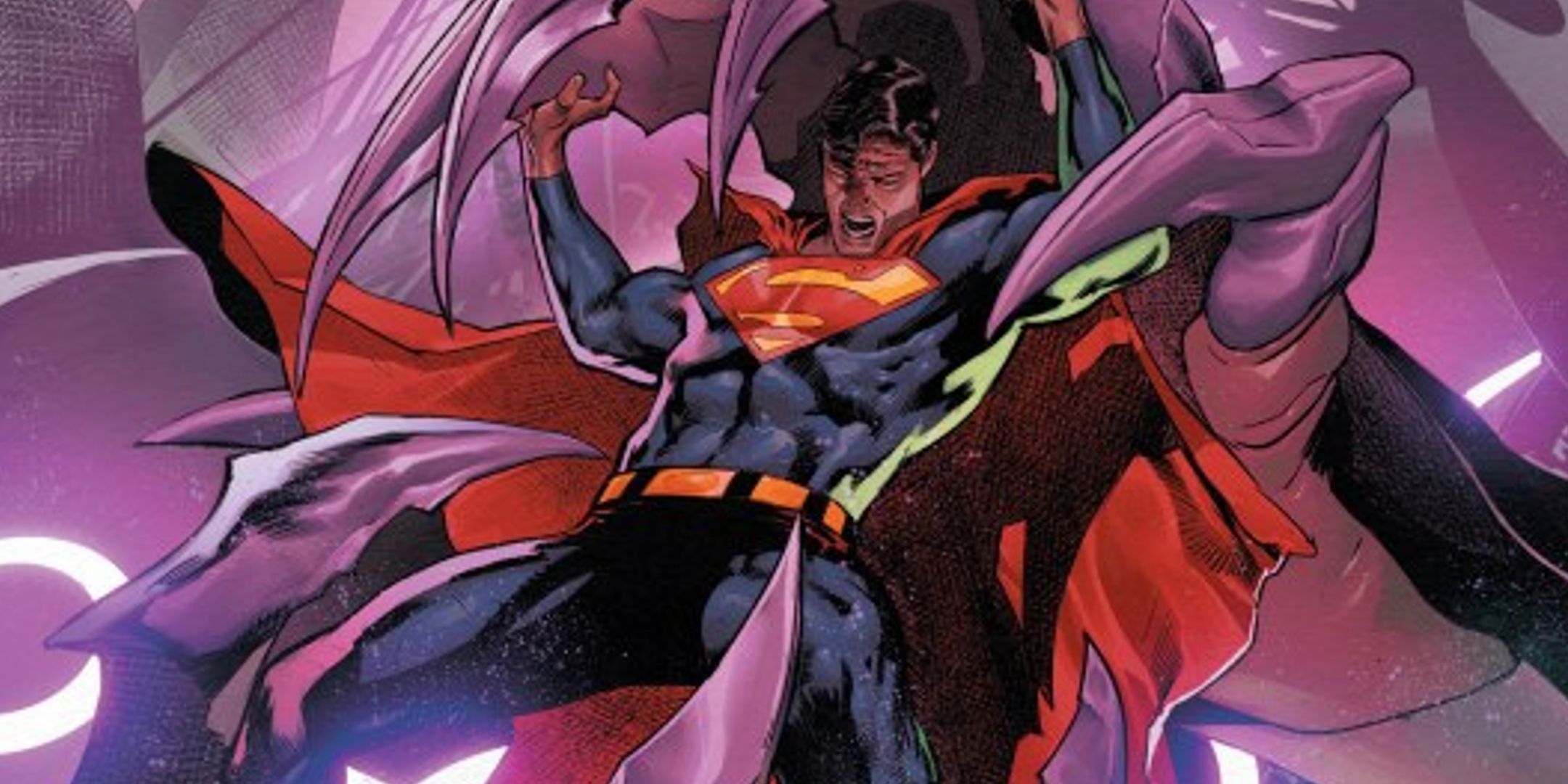Nintendo recognizes the potential and risks of generative AI and wants to continue to deliver “unique” value

During the 84th Annual General Meeting of Shareholders, Nintendo President and Representative Shuntaro Furukawa answered several questions about the company’s strategy. A shareholder asked about Nintendo’s plans for generative AI, and Furukawa-san responded by acknowledging the technology’s potential as well as its risks.
AI-like technologies have long been used in the gaming industry – for example, to control the
Movements of enemy characters – so I believe that game development and AI technology
have always had a close relationship. Generative AI, which has become a big topic recently, can
can be used in creative ways, but we are aware that this can also raise intellectual property issues
Right.
We have decades of experience in developing the best gaming experiences for our players.
We are open to the use of technological developments and will work to continue to create added value
This is unique to Nintendo and cannot be achieved through technology alone.
It doesn’t seem like Nintendo is fundamentally opposed to the use of generative AI. However, they will likely stick with their traditional game design-focused rather than technology-focused approach to game development, which proved extremely successful with the Wii and Switch console generations.
As previously reported, during the same Q&A with shareholders, Furukawa revealed that Nintendo is committed to producing enough units of its next console to avoid a repeat of the situation with the Switch, which saw the unfortunate phenomenon of “scalping” (resale at extremely high prices) due to a lack of available units.
A few months ago, Nintendo confirmed that it will announce the upcoming console in fiscal year 2025. Rumors suggest that the Switch 2 will be unveiled this fall and will launch in March 2025, eight years after its predecessor. It is expected to have an NVIDIA Tegra 239 SoC with Ampere GPU architecture with 1280 CUDA cores and 8 Cortex A78 Arm CPU cores with 12GB of RAM. Game cards should use a 5th generation Samsung V-NAND with up to 1.4GB/S read speed. NVIDIA DLSS should be supported, but only Super Resolution and possibly Ray Reconstruction, Frame Generation is not supported.



